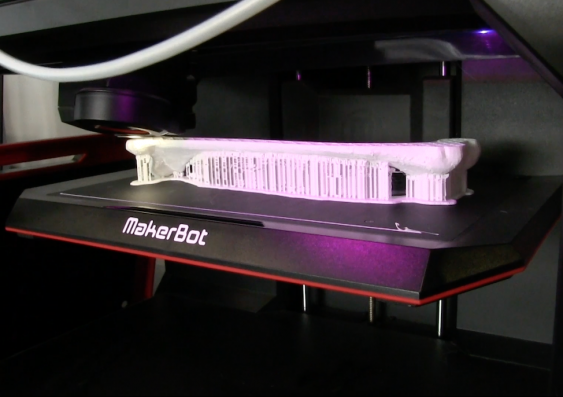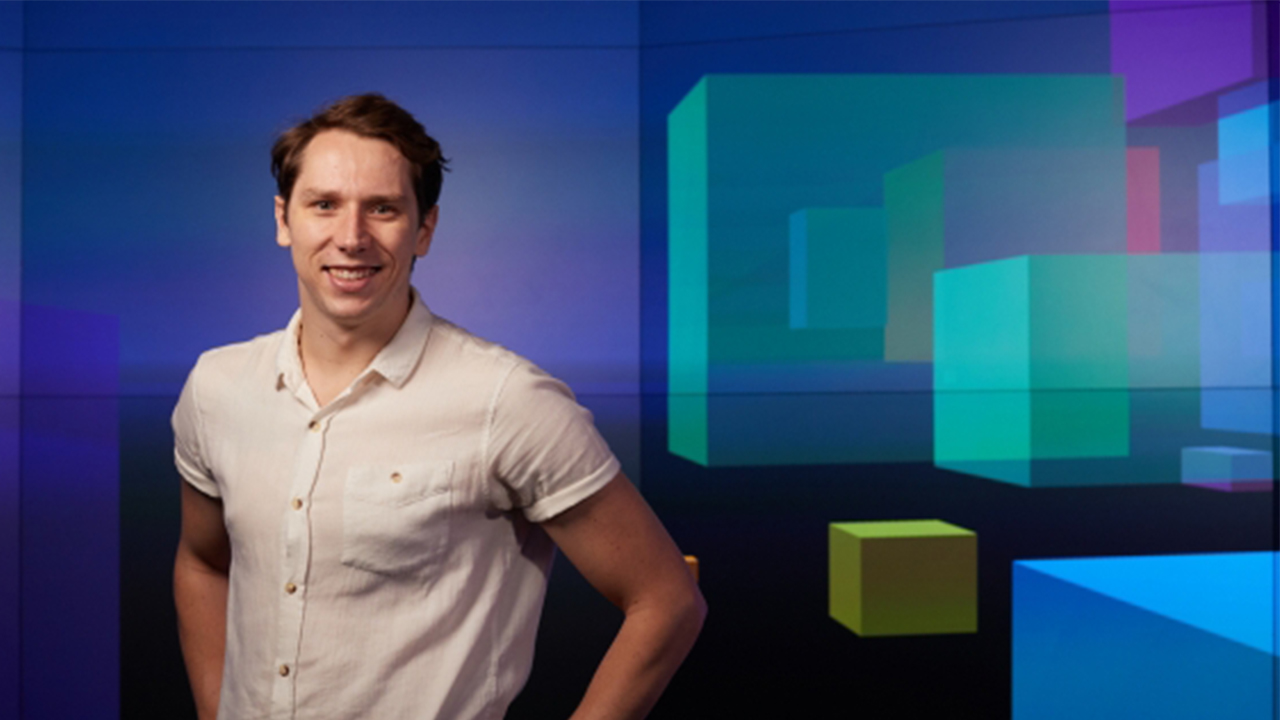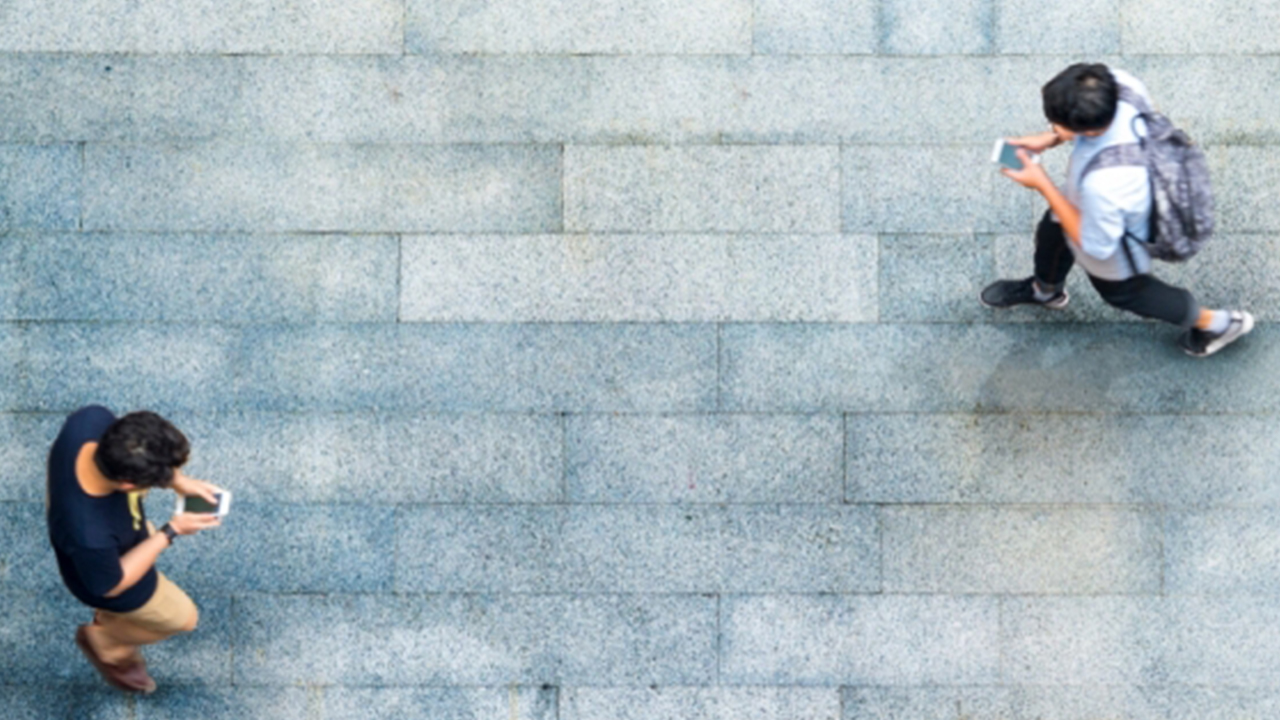Using 3D printing to simulate children's bones for surgeons

Artist Dr Kate Dunn has worked with ceramics, bronze casting, 3D printing of children’s bones, prosthetics and community development. It’s an unusual combination – even the artist says it is “disparate”.
“But in reality, there’s so much that design can offer for the health sector, especially with new technologies like 3D printing,” she says. “There’s a fluid way to work in these disciplines, and UNSW is great at working between disciplines. People are really willing to work together, collaborate on new ideas, share knowledge.”
Dr Dunn moved beyond “traditional design thinking” a few years ago, applying the material knowledge from the discipline to the development of new technologies like robotics, 3D printing and laser cutting. Her continued interest in these areas has led Dr Dunn to a new position in the Faculty of Built Environment. There she will work alongside researchers from design, engineering and medicine disciplines on a bone simulation project for Westmead Children’s Hospital.
She says the move provides more opportunity to work in multidisciplinary teams in an immediate and practical way.
“It’s important that the research that we do, in particular in a field like the built environment, is deployed and has practical application in the real world,” she says. “It differs from traditional design thinking, where we develop a few models for an exhibition to ‘how can this move into full-scale production’?”
Dr Dunn was approached a few years ago by a Westmead Children’s Hospital surgeon to develop a material for 3D printing that simulates bone.
“They need this so that when surgeons go into a theatre to operate, they have a bit more understanding about bones, they can test implants and understand how the material will react when you drill or cut into it,” she says. “This is where 3D printing has a huge advantage, because you can repeatedly print the bone 20 times to the exact size and scale of the child they’re about to do the surgery on.”
She says hospitals 3D print in plastic, “but none of those materials act like bone, have the density or texture of bone. They can’t test it until the operation and by that point, it’s a little too late.”The new material could also be used as a physical replica for working on a particular problem or as a tool to communicate with families.
“Most hospitals have 3D print labs, so we’re already seeing it now as a basic. And every hospital has orthopaedic units, every hospital is operating on bones, so it’s extremely valuable.”
Dr Dunn is also working on a 3D printing project with Dr Timothy Scott from the Sydney Children’s Hospital, Dr Lauren Kark from UNSW Engineering and Dr John McGhee from UNSW Art and Design which is improving prosthetics for children with partially missing hands.
“Kids grow out of prosthetics really quickly, but they cost around $4000 each. So, we’re constantly refining this because we want to kids to be involved in the design, and we want to make their designs cheaply, sustainably and to standard.”
Dr Dunn says it’s hoped that developing nations will also benefit from her work.
“The Sydney Children’s Hospital Network has a really fantastic outreach program with developing nations, so as we develop the technology, we’ll be sharing it. So it’s not just privileged Western countries that benefit from medical advances, it’s everybody.”



